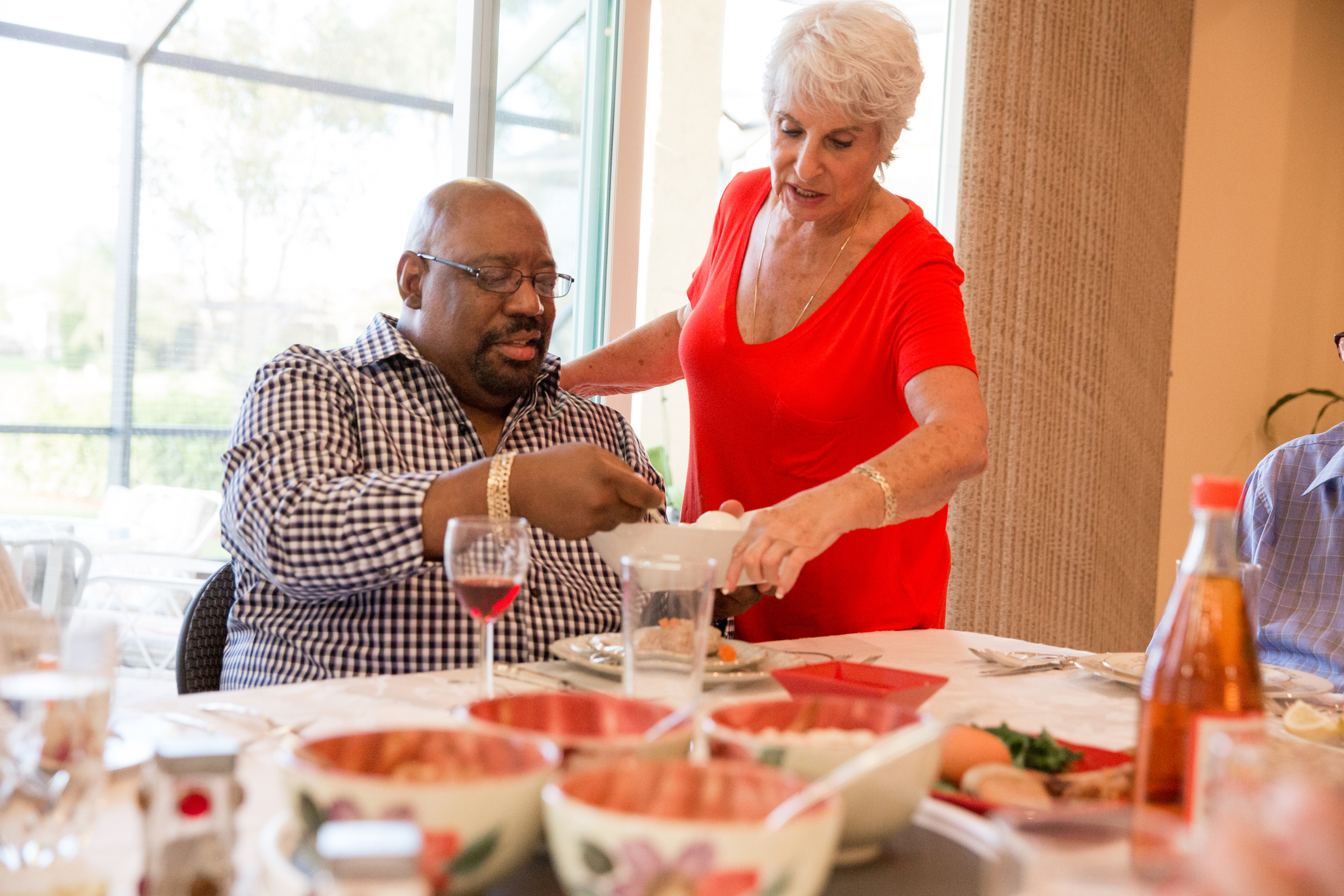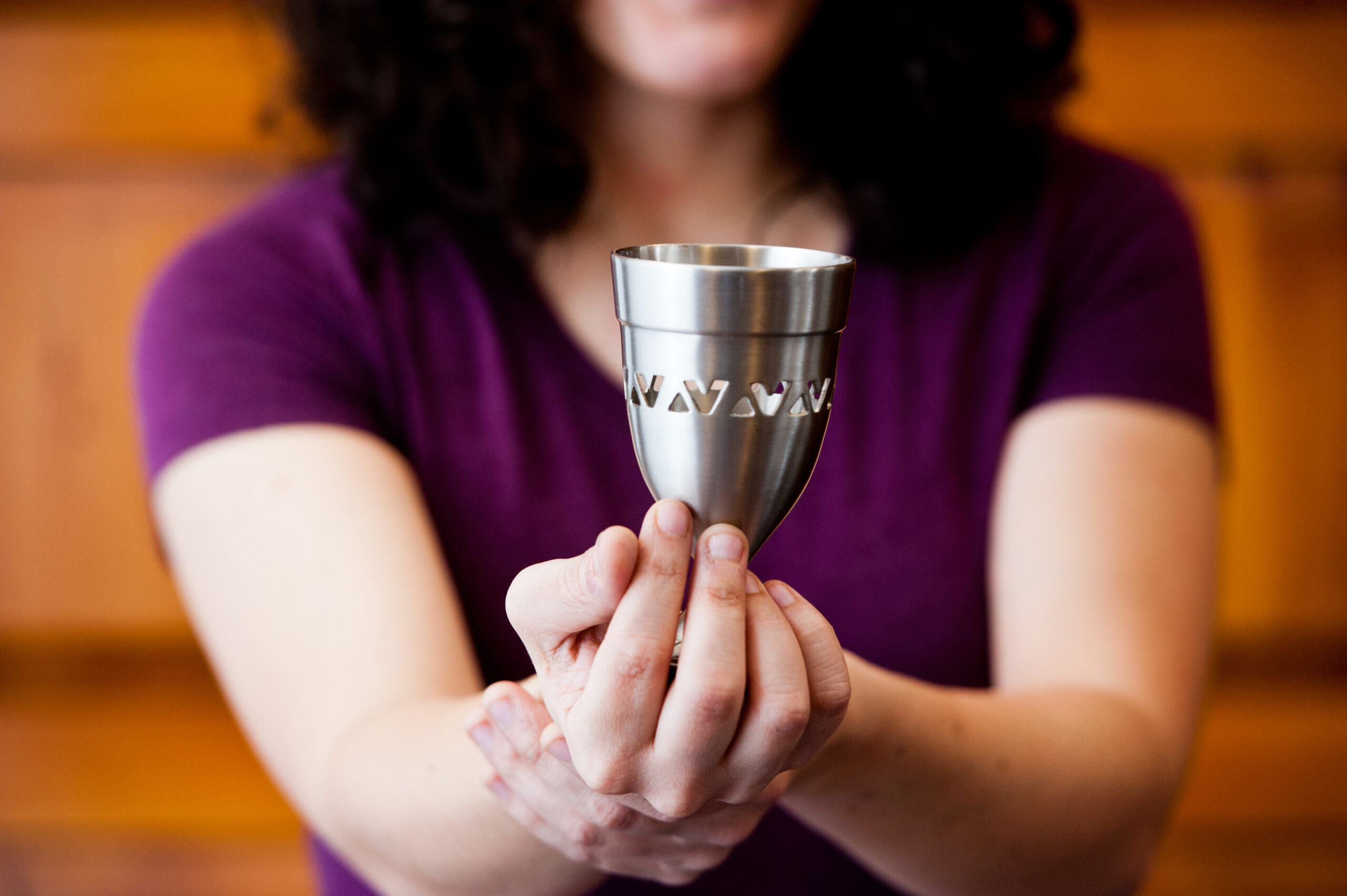The Journey Continues, Ma’yan’s haggadah, is being used for communal women’s seders all over North America, with close to 40,000 having been sold to date. After being translated into Russian, it was used at some 100 seders in the former Soviet Union in 2005. The various seders have ranged in size from 20 to 500.
Here are some of the ideas users have submitted about how to enrich communal feminist seders.
- Have children from local day and religious schools make ritual objects for the table (matzah covers, seder plates, and the like)
- Reach out to other organizations to co-sponsor seders. Congregations should think about local Hillel chapters and seniors’ residences
- Hold a kumsitz (songfest) prior to seder to familiarize people with seder music
- Ask people to bring their own ritual objects (seder plates, candlesticks, cups, etc.) for the tables and then share the significance of these objects
- Encourage mother-daughter participation or other inter-generational groups
- Ask each sponsoring organization to nominate several women for the four cups, display the women’s pictures and information about them in a communal space, and then choose four women from this group for the four cups
- Have young people from local day and religious schools lead the singing
- Insert into the haggadah a list of organizations and places for women to volunteer their time throughout the year
- Ask women to share meaningful personal Passover experiences
- Encourage and facilitate the establishment of ongoing women’s study groups as an outgrowth of the seder
- Ask women to take home parts of the haggadah to use in their home seders
- Study biblical texts on the midwives at the portion of the haggadah entitled “Go Out and Study”
- Be creative about making the seders participatory: assign readings ahead of time, designate table “captains” to organize table readings
For more about how to plan and hold a communal women’s seder, call Ma’yan for Ma’yan’s Guide to Planning a Communal Feminist Seder (212)580-0099 ext. 232 or e-mail at mayanjcc@aol.com.












